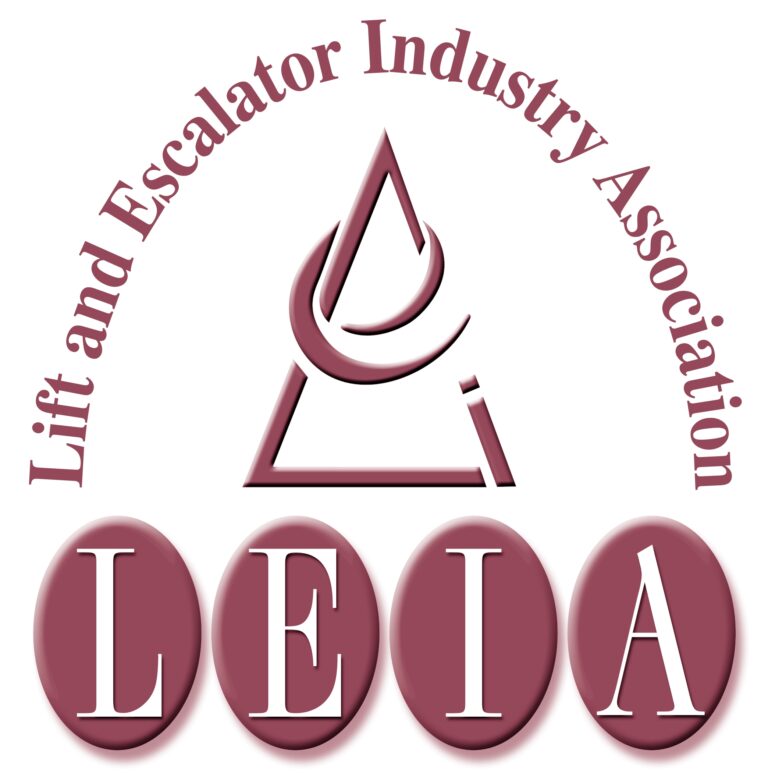The following advice was provided by the Lift and Escalator Industry Association (LEIA) and covers actions that need to be taken to ensure ongoing operability during and after the digital switch.
What is the ‘digital switch’? Why is it happening?
Analogue telephone lines (with copper conductors) are being replaced by fibre connections to provide broadband connections to commercial and domestic users. BT Openreach has an objective for all buildings to be on fibre connections by the end of 2025 when support of existing analogue lines will cease.
What does this mean for lift alarm communication systems?
Many lift alarm systems use analogue telephone lines and need a dial tone and Dual Tone Multi Frequency (DTMF) signalling to work. Significant numbers of lift alarm systems also make use of the DC voltage available on the line.
Communication providers such as BT, Virgin Media and others may offer an “analogue telephone adaptor” (ATA) to provide analogue support on fibre connections. However, the dial tone and DTMF signalling may still not work. ATAs will also require a backup power supply, in the event of a mains power failure.
In due course, lift alarm communication systems will be available to work over fibre connections using “Voice over Internet Protocol” (VoIP) but these are not yet widely available.
The main problem to consider is that fibre cannot carry a voltage and hardware/ routers will also need a backup power supply to maintain the lift alarm in the case of power failure.
When will this be happening?
Analogue telephone lines have not been installed as standard for some years.
BT Openreach has a rolling programme of “stop sell” for an exchange after which they will no longer provide analogue telephone lines. As of June 2021, 117 exchanges have entered “stop sell”. A national “stop sell” is planned for September 2023. At the end of 2025, analogue support will be removed.
What do building/lift owners need to do?
The telephone line is typically the responsibility of the building owner (not the lift maintenance company). Those responsible for buildings need to take the following steps:
- Talk to your communication provider to understand the changes to your line and when it will happen.
- Check with your lift maintenance company for advice on equipment that can be fitted. At present, this is typically a GSM solution incorporating a battery-backup. Since 2G and 3G are also due to be withdrawn in the coming years, we recommend investing in a 4G solution.
Further information
BT Openreach factsheet: Industry (openreach.com)
LEIA article: Analogue telephone shutdown and migration to VOIP-based services
LEIA article: Telephone lines and lifts – background information
Source: Lift and Escalator Industry Association (LEIA) Publication December 2021

